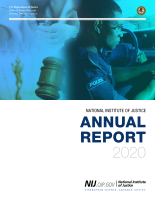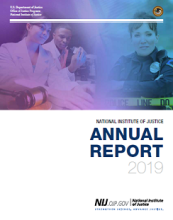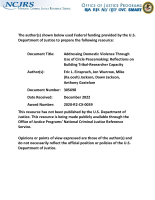Importance of culture in measuring tribal crime seriousness: scoping review of crime seriousness indices
Journal
Journal of Ethnicity in Criminal Justice
Date Published
2024
Agencies
NIJ-Sponsored
Publication Type
Research (Applied/Empirical)






